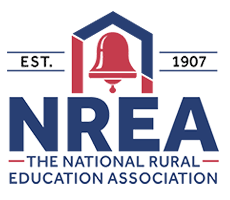Abstract
Rural and small-town communities in the United States have been rapidly diversifying over the last few decades and rural schools have faced challenges in supporting changing populations. This article builds on a limited body of education research that has focused on diversity in rural areas, driven largely in the U.S. by Latinx immigrant populations. This research draws on several data sources from multi-week visits in a mixture of new and established immigrant destinations to profile the challenges educational leaders faced developing ESL programs in five rural high schools and explores challenges such as how schools struggle to recruit and retain administrators and teachers, how they often have limited knowledge and resources to support curriculum development, and how program size limits schools’ ability to place students appropriately. The article concludes with suggestions for education programs, rural administrators, and state policy makers to better support English learners in rural schools.
Creative Commons License

This work is licensed under a Creative Commons Attribution 4.0 International License.
Recommended Citation
Ruecker, T.
(2021).
ESL Programs in Rural High Schools: Challenges and Opportunities.
The Rural Educator, 42(3), 14-27.
https://doi.org/10.35608/ruraled.v42i3.1167



